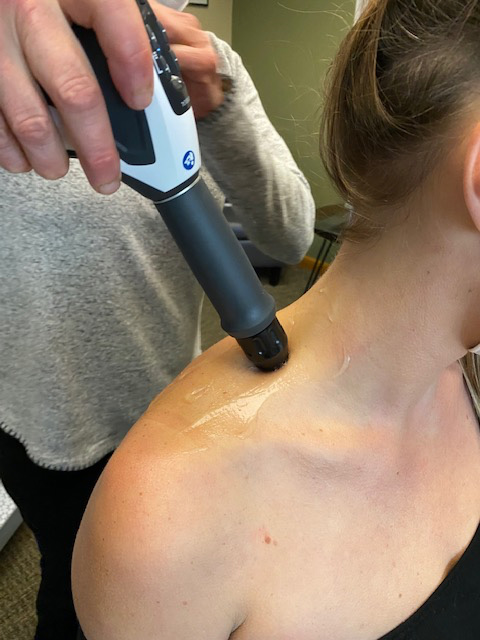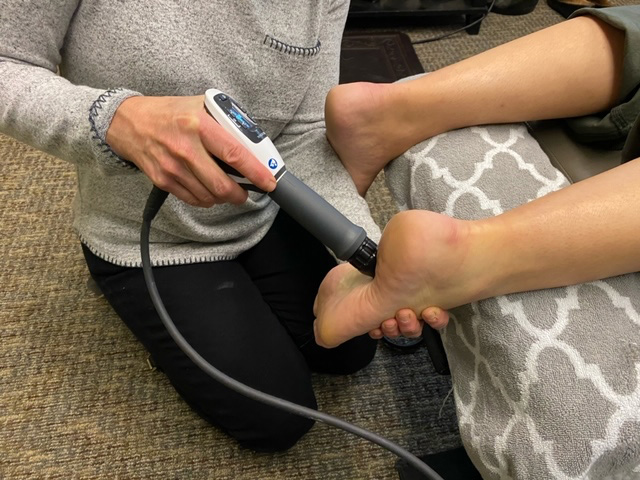Unleashing Peak Performance: Why Every Athlete Needs a Chiropractor in Their Corner
In the competitive world of sports, amateur and professional athletes alike are constantly seeking ways to improve their performance, prevent injuries, and recover faster. While traditional training methods, nutrition, and physical therapy have long been staples of athletic care, there’s a powerful ally that both professional and amateur athletes should consider adding to their team: a chiropractor. Chiropractic care offers a unique approach to athletic health that can provide a significant edge in both performance and recovery.
Understanding Chiropractic Care for Athletes

Chiropractic care is a health profession that focuses on disorders of the musculoskeletal system and the nervous system, and the effects of these disorders on general health. Chiropractors use hands-on spinal manipulation and other alternative treatments to enable the body to heal itself without surgery or medication.
For athletes, chiropractic care goes beyond just treating back pain. Sports chiropractors are specially trained to understand the unique physical demands placed on athletes’ bodies. They work to optimize biomechanics, improve joint function, and enhance overall physical performance.
Unlike traditional medical approaches that often focus on treating symptoms, chiropractic care aims to address the root causes of physical issues. This holistic approach can be particularly beneficial for athletes who need their bodies to function at peak levels consistently.
5 Benefits of Chiropractic Care for Athletes
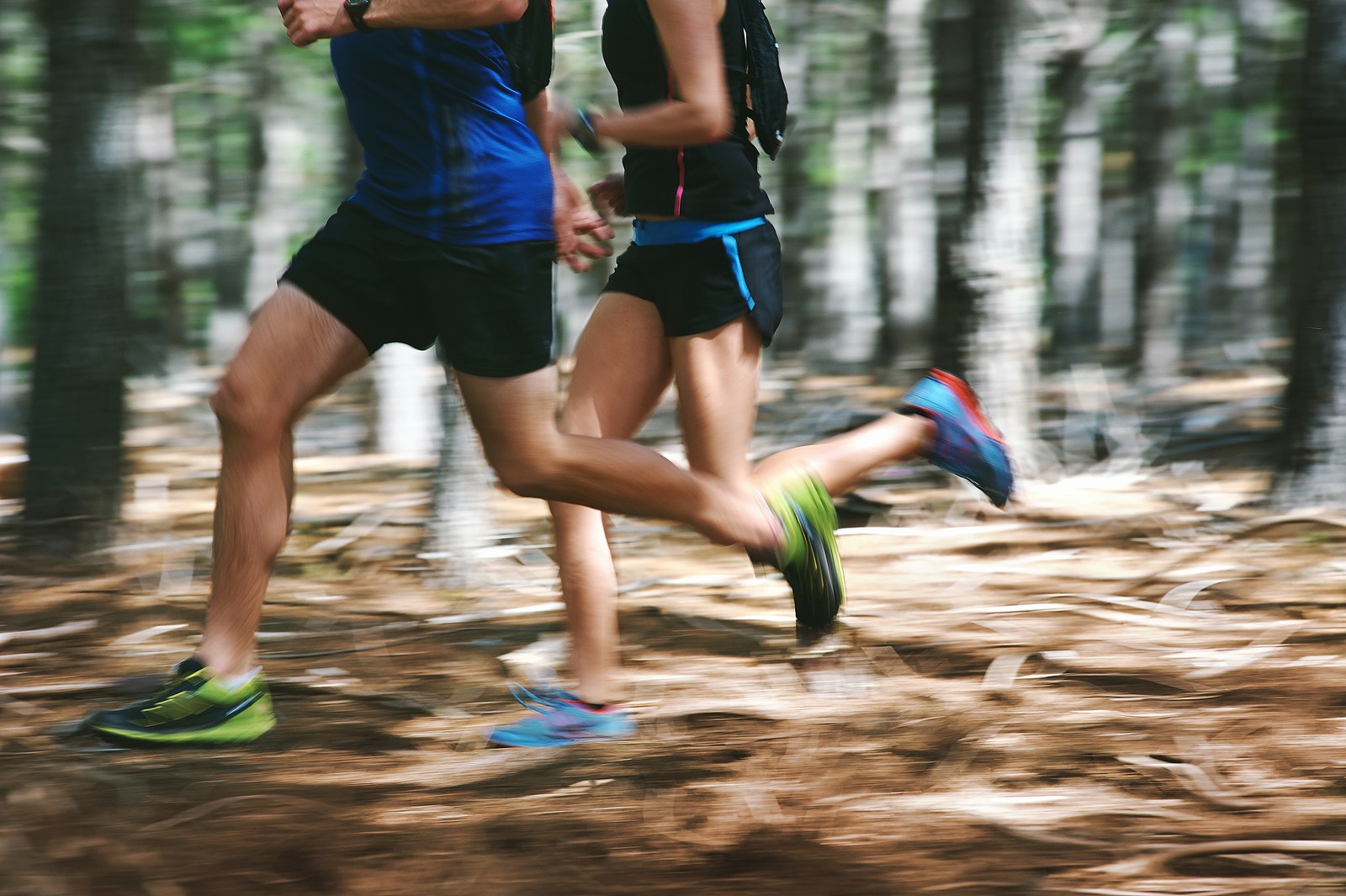
1. Improved Performance: Chiropractic adjustments can help align the spine and other joints, which can lead to improved nerve function and biomechanics. This alignment can result in more efficient movement patterns, increased strength, and better overall performance. Athletes often report feeling more balanced and coordinated after chiropractic treatments.
2. Injury Prevention: Regular chiropractic care can help identify and correct minor issues before they become major problems. By ensuring proper alignment and function of the musculoskeletal system, chiropractors can help reduce the risk of common sports injuries, such as sprains, strains, and repetitive stress injuries.
3. Faster Recovery Times: After intense training or competition, chiropractic treatments can help speed up the recovery process. By improving circulation, reducing inflammation, and promoting proper joint function, athletes can bounce back faster and be ready for their next challenge sooner.
4. Pain Management: For athletes dealing with chronic pain or recovering from injuries, chiropractic care offers a non-invasive, drug-free approach to pain management. This is particularly important for athletes who need to avoid medications that could affect their performance or violate anti-doping regulations.
5. Enhanced Flexibility and Range of Motion: Chiropractic adjustments, combined with soft tissue therapies, can help improve flexibility and increase range of motion. This is important for athletes in all sports, as better flexibility can lead to improved performance and reduced risk of injury.
Chiropractic Care for Different Types of Athletes
The benefits of chiropractic care extend across all sports, but the specific chiropractic techniques may vary depending on the athlete’s discipline:
- Team Sports (Football, Basketball, etc.): Athletes in contact sports often benefit from chiropractic care to address the physical impact of collisions and tackles. Chiropractors can help realign the spine and joints, reducing the risk of chronic issues developing from repeated impacts.
- Individual Sports (Golf, Tennis, etc.): These athletes often perform repetitive motions that can lead to imbalances or overuse injuries. Chiropractors can help correct these imbalances and improve the biomechanics of sport-specific movements.
- Endurance Athletes (Runners, Cyclists, etc.): Long-distance athletes put their bodies through prolonged stress. Chiropractic care can help maintain proper alignment, prevent overuse injuries, and improve recovery between training sessions and events.
Chiropractic Techniques for Athletes
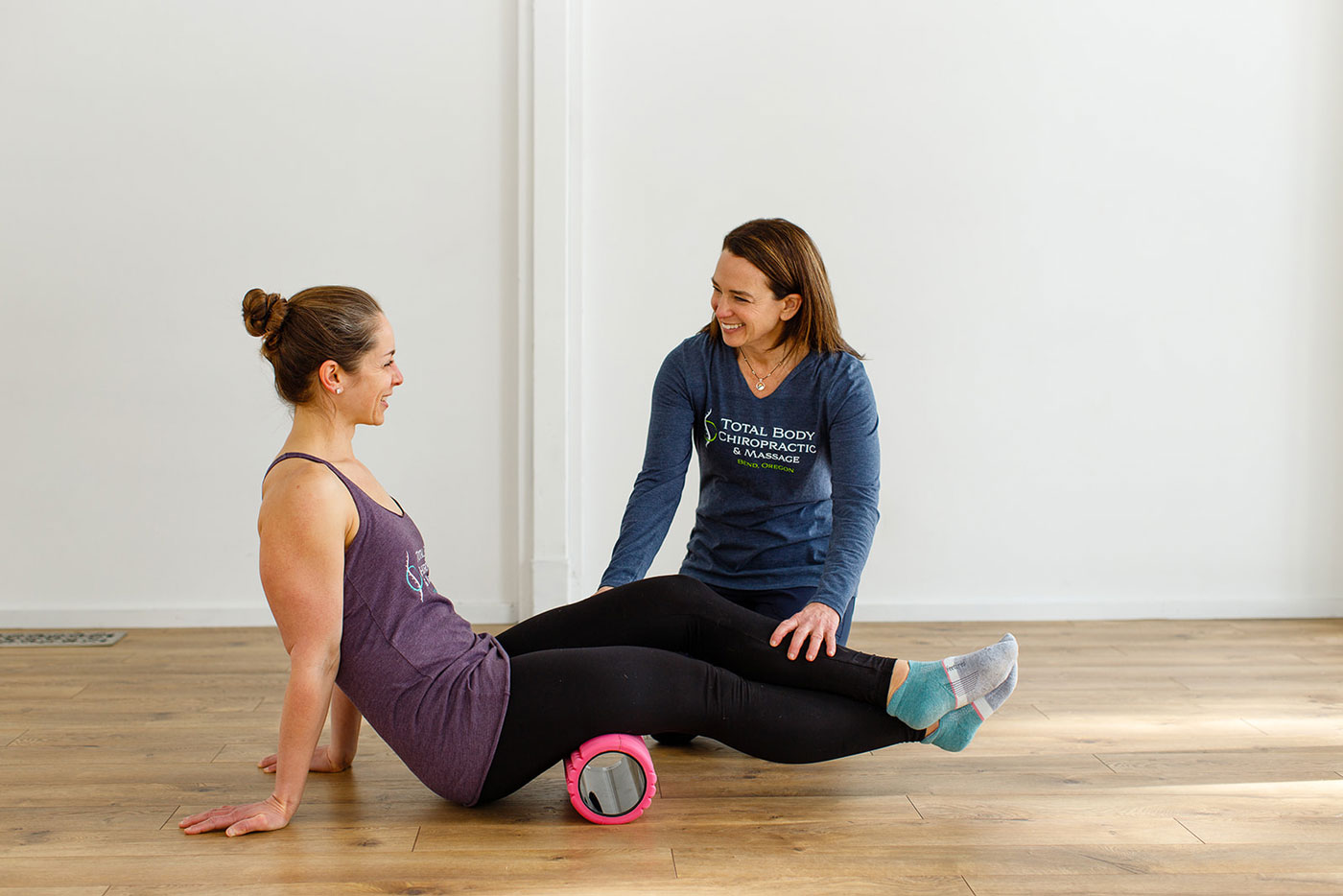
Chiropractic care offers several techniques that can potentially benefit athletes. Let’s explore spinal adjustments, the Graston technique, and shockwave therapy:
1. Spinal Adjustments: Spinal adjustments, also known as spinal manipulation, involve applying controlled force to joints of the spine. For athletes, these adjustments may:
- Improve range of motion and flexibility
- Reduce pain and muscle tension
- Enhance nervous system function, potentially improving reflexes and coordination
- Promote faster recovery from injuries
- Potentially improve overall performance by optimizing body mechanics
2. Graston Technique: The Graston technique is a form of instrument-assisted soft tissue mobilization. For athletes, it may offer the following benefits:
- Break down scar tissue and fascial restrictions
- Increase blood flow to affected areas
- Reduce pain and improve flexibility
- Accelerate healing of soft tissue injuries
- Improve recovery time between training sessions
3. Shockwave Therapy: Shockwave therapy uses acoustic waves to treat various musculoskeletal conditions. Athletes may benefit from this treatment in several ways:
- Reduce pain associated with chronic conditions like tendinopathies
- Stimulate metabolism and enhance blood circulation
- Accelerate healing processes
- Dissolve calcific deposits in tendons
- Potentially improve muscle performance and recovery
It’s important to note that while many athletes and some healthcare providers report positive outcomes from these treatments, the scientific evidence supporting their effectiveness varies. The benefits can also depend on the specific condition being treated, the athlete’s individual physiology, and the skill of the practitioner.
Athletes considering these treatments should consult with qualified healthcare professionals to determine if they are appropriate for their specific needs and conditions. Additionally, these treatments are often most effective when used as part of a comprehensive approach that includes proper nutrition, training, and recovery strategies.
Would you like me to elaborate on any specific aspect of these treatments or their potential benefits for athletes?
Integrating Chiropractic Care into Training Regimens
To get the most out of chiropractic care, athletes should consider it as part of their regular training routine, not just as a response to injury. The frequency of chiropractic visits can vary based on the athlete’s needs, sport, and training intensity. Some athletes benefit from weekly adjustments, while others may only need monthly check-ups.
It’s essential for chiropractors to work in coordination with other members of an athlete’s healthcare team, including coaches, physical therapists, and primary care physicians. This integrated approach ensures that all aspects of the athlete’s health and performance are addressed cohesively.
Many top professional athletes athletes have publicly credited chiropractic care with helping them achieve and maintain peak performance. For example:
- Simone Biles, the most decorated American gymnast in history, has incorporated chiropractic care into her training regimen. She credits it with helping her maintain the flexibility and strength needed for her demanding routines and in managing the physical stress of high-level gymnastics.
- Usain Bolt, the world’s fastest man, relied on chiropractic treatments to keep his body in top condition for sprinting.
- Jordan Spieth, professional golfer, has spoken about how chiropractic care helps him maintain the flexibility and strength needed for his powerful golf swing.
These professional examples are complemented by countless success stories from amateur athletes who have found chiropractic care to be a game-changer in their athletic pursuits.
Choosing the Right Chiropractor for Athletes
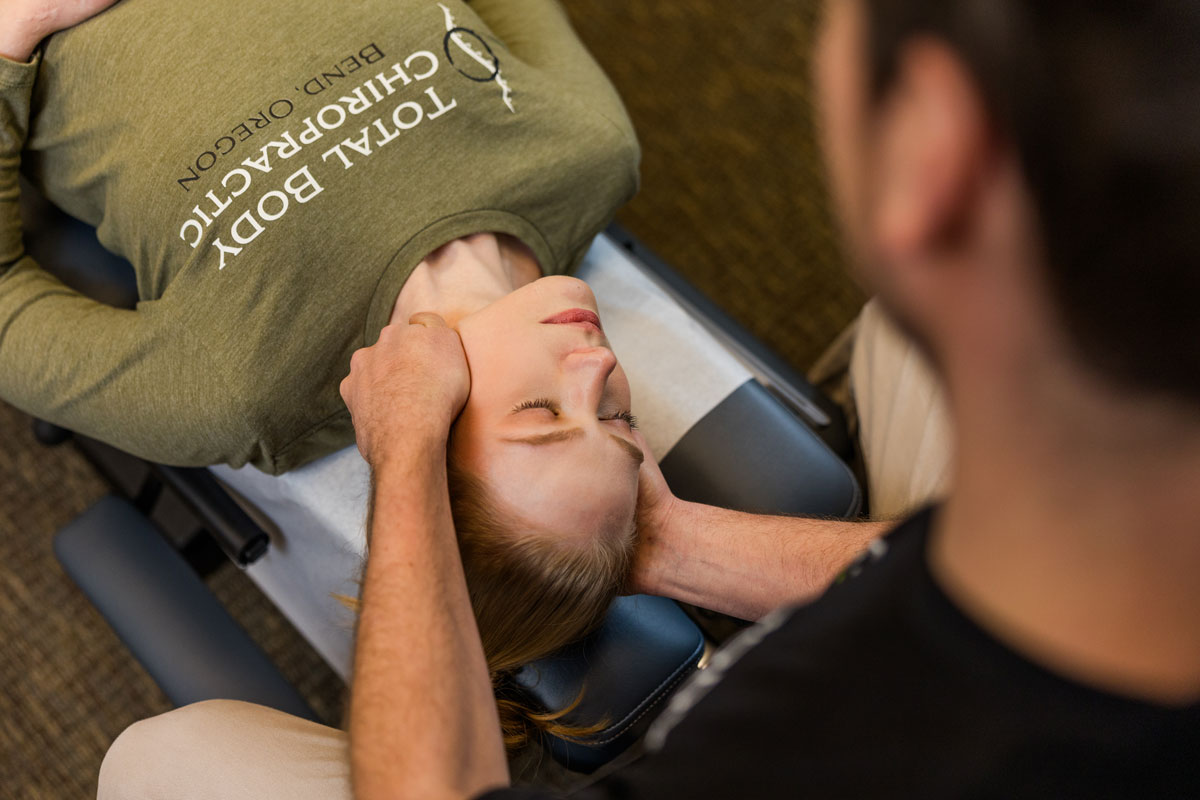
When seeking chiropractic care in Bend, athletes should ask the following questions:
1. What experience do you have working with athletes in my sport?
2. How do you tailor your treatments to the specific needs of athletes?
3. Can you work in coordination with my other healthcare providers and coaches?
4. What techniques do you use, and how will they benefit my performance?
5. Do you offer any additional services like nutritional counseling or rehabilitation exercises?
In the world of sports, where milliseconds and millimeters can make the difference between victory and defeat, every advantage counts. Our Bend chiropractors athletes a powerful tool to enhance their performance, prevent injuries, and recover more quickly. By addressing the body’s biomechanics and nervous system function, chiropractors can help athletes achieve and maintain peak physical condition.
Whether you’re a professional athlete looking to extend your career, or an amateur enthusiast aiming to improve your game, consider adding a chiropractor to your healthcare team. The holistic, non-invasive approach of chiropractic care can complement your existing training regimen and help you reach new heights in your athletic pursuits.
Remember, your body is your most important piece of equipment. Treat it with the care it deserves, and it will reward you with improved performance and longevity in your sport. Don’t wait for an injury to occur – be proactive about your health and performance by exploring how our chiropractic team in Bend can benefit you as an athlete.




